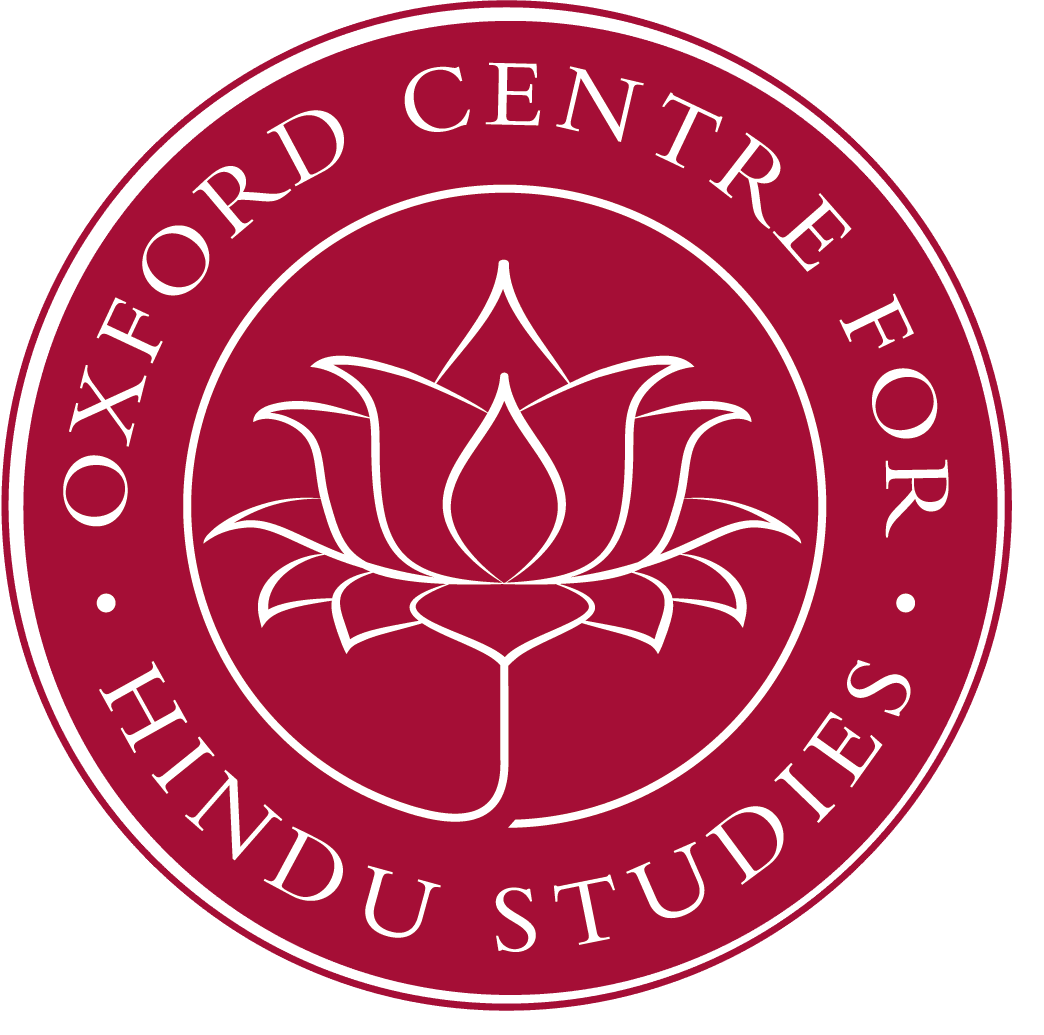The course continues an introduction to Sanskrit for the preliminary paper in Elementary Sanskrit. The class is designed to introduce students of Theology and Religion to the basics of the Sanskrit grammar, syntax and vocabulary. By the end of the course students will have competency in translating simple Sanskrit and reading sections of the story of Nala. The course book is Maurer’s The Sanskrit Language
Archives: Lectures
Veda-stuti (Bhāgavata Purāṇa 10.87) with the commentary of Śrīdhara Svāmī, Session Four (HT15)
The Bhāgavata Purāṇa is undoubtedly the most popular and most sophisticated of the Purāṇas. Written in ornate prose and verse, and infusing Purāṇic narratives with Vedic, Vedānta, and Pāñcarātra thought, this monumental text influenced artists, architects, poets, and theologians for centuries. The Veda-stuti (“The Vedas’ prayers of praise”) is one of the Bhāgavata’s most significant theological passages, which offers an easy introduction to the Bhāgavata’s nondual theism and its Vedānta. In this reading class, we will read these verses with the commentary of Śrīdhara Svāmī (thirteenth century), the most celebrated commentator on the text and an important Advaitin Vaiṣṇava author who profoundly influenced the development of Hindu thought in pre-modern South Asia.
This reading class aims to introduce students with an intermediate knowledge of Sanskrit to the poetry of the Bhāgavata Purāṇa, the method and reasoning of Sanskrit commentaries, as well as the intersections of Advaita and Vaiṣṇava Vedānta.
Readings in the Netra Tantra, Session Four (HT15)
The Netra Tantra is an important early medieval Śaiva text. We will read and discuss sections of the text based on the two manuscripts in the NGMPP Library and compare these with the published KSTS edition. Apart from reading the text we will discuss its meaning.
Readings in Phenomenology and Religion, Session Four (HT15)
Phenomenology is one of the most important developments in philosophy in the twentieth century that has had a deep impact on Theology and Religious Studies. The reading group seeks to engage with some of the fundamental concepts of phenomenology that underlie much work in Theology and the Phenomenology of Religion. This term we will continue reading Paul Ricoeur Oneself as Another (University of Chicago Press, 1992).
Nineteenth-century Hindu discourse on image worship (HT15)
Nineteenth-century colonial India offers examples of both Hindu iconoclasts and iconic worshippers, but there has been a tendency to privilege the former and regard them as agents of modernity, and the latter as backward. Most nineteenth-century studies of Hindu attitudes to image worship have mainly focussed on two prominent figures—Rammohan Roy (1772–1883) and Dayananda Saraswati (1824–1883) who denounced image worship. This paper seeks to widen the discourse and to include the often overlooked nineteenth-century Sri Lankan Shaivite ‘reformer’, Arumuga Navalar (1822–1879) who took a very different stance on the issue of image worship. While Roy and Dayananda rejected image worship, Navalar affirmed it. Situating these three ‘reformers’ in their respective historical and cultural contexts, the paper will draw attention to the significant differences between Navalar and the two Indian Hindu responses to the Protestant missionary critique of image worship. It seeks to problematize the conventional approach which situates the debate on image worship within the narrow confines of the tradition verses modernity paradigm.
Dr Sharada Sugirtharajah is Senior Lecturer in Hindu Studies in the Department of Theology, at the University of Birmingham. Her research focuses on representation of Hinduism in colonial and postcolonial writings.
Elementary Sanskrit, Session Four (HT15)
The course continues an introduction to Sanskrit for the preliminary paper in Elementary Sanskrit. The class is designed to introduce students of Theology and Religion to the basics of the Sanskrit grammar, syntax and vocabulary. By the end of the course students will have competency in translating simple Sanskrit and reading sections of the story of Nala. The course book is Maurer’s The Sanskrit Language.
Hinduism 2, Hindu Traditions (Paper 21), Session Four (HT15)
Beginning with the early medieval period, this paper traces the development of Hinduism in devotional (bhakti) and tantric traditions. The paper examines the development of Śaiva, Śākta, and Vaiṣṇava traditions along with ideas about liberation, ritual, asceticism, yoga and devotion. There will be some exploration of Hinduism and Modernity and there may also be reference to major schools of Hindu philosophy such as Vedānta.
Elementary Sanskrit, Session Five (HT15)
The course continues an introduction to Sanskrit for the preliminary paper in Elementary Sanskrit. The class is designed to introduce students of Theology and Religion to the basics of the Sanskrit grammar, syntax and vocabulary. By the end of the course students will have competency in translating simple Sanskrit and reading sections of the story of Nala. The course book is Maurer’s The Sanskrit Language
Veda-stuti (Bhāgavata Purāṇa 10.87) with the commentary of Śrīdhara Svāmī, Session Five (HT15)
The Bhāgavata Purāṇa is undoubtedly the most popular and most sophisticated of the Purāṇas. Written in ornate prose and verse, and infusing Purāṇic narratives with Vedic, Vedānta, and Pāñcarātra thought, this monumental text influenced artists, architects, poets, and theologians for centuries. The Veda-stuti (“The Vedas’ prayers of praise”) is one of the Bhāgavata’s most significant theological passages, which offers an easy introduction to the Bhāgavata’s nondual theism and its Vedānta. In this reading class, we will read these verses with the commentary of Śrīdhara Svāmī (thirteenth century), the most celebrated commentator on the text and an important Advaitin Vaiṣṇava author who profoundly influenced the development of Hindu thought in pre-modern South Asia.
This reading class aims to introduce students with an intermediate knowledge of Sanskrit to the poetry of the Bhāgavata Purāṇa, the method and reasoning of Sanskrit commentaries, as well as the intersections of Advaita and Vaiṣṇava Vedānta.
Readings in the Netra Tantra, Session Five (HT15)
The Netra Tantra is an important early medieval Śaiva text. We will read and discuss sections of the text based on the two manuscripts in the NGMPP Library and compare these with the published KSTS edition. Apart from reading the text we will discuss its meaning.
